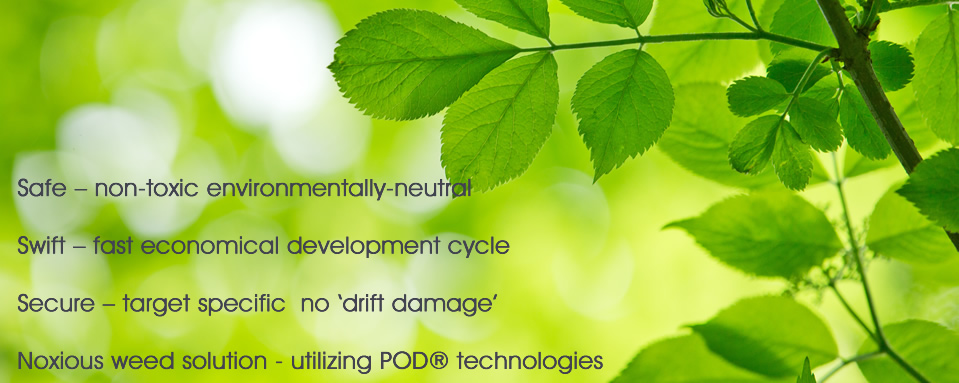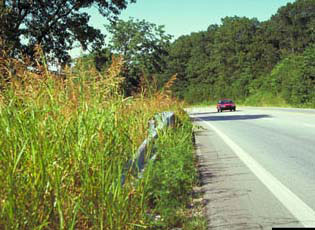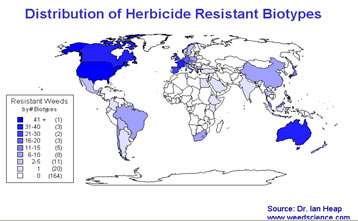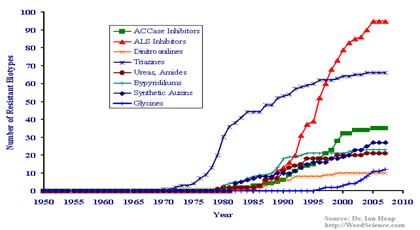Ethos statement and mission:
Restoration of environmental integrity on our planet for both humanity and our shared ecosystem is the raison d’etre for this company. Restoring the balance in nature for the benefit of all is the guiding principle.
Abstract
Programmed cell death (PCD) is considered to be a universally conserved and regulated intracellular process in the plant kingdom for life cycle development and also for environmental stress management. It is postulated that although programmed cell death is localized stress management to areas within a plant often invoked under certain conditions for that particular plant’s overall survival, programmed organic demise (POD®) is here postulated to be a globalized stress management intervention for the plant species’ continued genomic integrity and long-term species survival and evolution. Presented herewith is a process which, working through the proposed POD® mechanism, enables a new paradigmatic model for safe, environmentally-friendly, plant specific herbicide development and application across agricultural and horticultural fields. More information on the patent pending POD® process available.
The Invasive Problem: Cost of Invasive Plant Species
At present our environment is experiencing a pernicious and growing threat from plant species being introduced either accidentally or intentionally into environments not native to them and leaving the environments highly vulnerable to the new arrivals. This problem is not limited to the U.S. In fact almost 60% of troublesome invasive species in China originate from North America. Some of the invasives in the U.S come primarily from Asia and have 60-70% of their mass in large rhizomatous segmented rootstocks. They seem almost invulnerable to our best efforts at control. Among these invaders are kudzu, cogongrass, Canada thistle, bindweed, and others. Their combined economic damage runs into the billions of dollars.
The cost of invasive plant species? The annual cost to the United States economy is estimated at $120 billion a year, with over 100 million acres (an area roughly the size of California) suffering from invasive plant infestations. Invasive species are a global problem — with the annual cost of impacts and control efforts equaling five percent of the world’s economy. No type of habitat or region of the globe is immune from the threat of invasive species. Invasive weeds are a leading cause of crop yield loss (over $4 billion a year in U.S). In the U.S. just 16 invasive plants alone infest over 126 million acres of range and pasture lands. They are spreading at a rate of 1.3% to 25% annually. $34 billion per year is spent annually in the United States on invasive weed management.
Kudzu James H. Miller
USDA, Forest Service
Invasive.org.Why Kudzu? Kudzu, “the vine that ate the South”, is the poster child for damaging invasive species that are unable to be controlled by the present state of the art in herbicide technology. Kudzu (Pueraria lobata) is one of the most difficult invasive weeds to control in the Southeastern United States. The species was introduced to this country from southeast Asia as early as 1876. Kudzu is a long-lived, coarse, viney legume that covers the ground with long runners covering and smothering all vegetation including trees. Kudzu has taken over vast acreages and infested millions of acres of land primarily in the South, but is also an expensive threat in 22 additional states costing $500 million/year in containment costs and growing at $6 million per year. It expands at an estimated rate of 200 miles per year.
Considerable research has been devoted to developing control measures. To date there has been no measure or combination of measures that are both economical and environmentally friendly to control or eradicate kudzu. Up until now research into methods of kudzu control have focused primarily on powerful herbicides that would use necrotic methods to try to kill kudzu but which also carry environmental concerns. This approach has not been successful in stemming the inexorable spread of kudzu around the country.
Kudzu is the target plant for proof-of-concept testing enabling a paradigm shift in development of environmentally-friendly, plant species-specific herbicides – Natural Kudzu Control Working with Mother Nature.Scope of the Invasive Problem
Innovasive Environmental attempts to address an issue the United Nations has named as the second biggest global threat to biodiversity after habitat loss – invasive species. Kudzu is just one of many globally problematic invasive plant species and as such was selected as the initial proof-of-concept test subject. However, a few other follow on invasive test candidates out of the many vexing the nations’ ecology and food supplies are:
Bindweed:
problem in Great Plains & Western States’ Farming
- reduces wheat crop yields by 50-60%
- reduces land values, very difficult to control, eradication takes years
- entire root system of one plant can occupy an area 20 feet (6 m) in diameter and 30 feet (9 m) in depth
Canada Thistle
Causes more Crop Losses than Any Other Perennial Weed in northern
half of U.S. (35 states) & All of Canada- Millions in Crop Damage Yearly
- Cattle won’t graze Fields with Canada Thistle
- “The key principle to Canada thistle control is to stress the plant and
force it to use stored root nutrients.” (Colorado State University)
Bonnie Harper-Lore
Federal Highway Administration
Invasive.org.Johnson Grass
- “One of the World’s 10 Worst Weeds”
- Aggressive perennial grass
- Reproduces by prolific Seeding
- Potential Threat To Sorghum Crop
Agriculture’s Food Supply Threat - Failing Efforts
Present global herbicide dilemma –“no new herbicide mode of action on the horizon” Friends of the Earth 2008Frankfurt Germany 2012 symposium to address the severe agricultural problems of today & tomorrow: “For over 25 years no herbicide for broad acre crops with a new mode of action and commercial relevance has been discovered and brought to market by the global crop science industry,” said Dr. Hermann Stübler, Head of Research Frankfurt and Weed Control Research at Bayer CropScience. “There is tremendous selection pressure for herbicide resistance in weeds in all major row crops, and options are shrinking. Weed resistance is a growing problem that is changing agronomic practices and threatening the long-term viability of economical weed control,” added Professor Stephen Powles, Director at the University of Western Australia. The objective of the symposium was to discuss options for an urgent turnaround in weed control research. Professor Lothar Willmitzer, Director of Max Planck Institute for Molecular Plant Physiology stressed “The need for new herbicides with alternative modes of action and/or resistance breaking capabilities is more urgent than ever. This could be achieved by increasing the efforts towards research into plant systems biology and systematically screening for novel in vivo phenotyping technologies followed by elucidating the underlying molecular targets and pathways. This scientifically challenging task could be addressed via innovative collaboration models…”
Rising Resistance to Current Herbicide Modes of Ation
Dr. Ian Heap, director of the International Survey of Herbicide Resistant Weeds - Corvallis, OregonEmergence of ‘Superweeds’
- ‘Superweeds’, which evolve to withstand the very chemicals designed to kill them, have now become an epidemic on farmland in many locations across the country. U.S. Department of Agriculture says 70 million acres of U.S. farmland had glyphosate resistant weeds in 2013. One example weed illustrating the challenge is Palmer Amaranth which has devastated the cotton crop in the south and now threatens the soy and corn crops in the Midwest. Moderate infestation of Palmer amaranth can rob farmers of about two-thirds of their corn and soybean yields, i.e. about $11 billion would gone from last year's total $16 billion corn and soybean receipts
- ‘Stacks’, a combination of multiple herbicides each with a different mode of action in one formulation, are designed to work around resistance to a particular herbicide. However, cross-resistant weeds are already developing resistance to these ‘cocktails’. Within the agriculture research community some argue that these stacked resistant genes will have short-term benefits from that technology, but overuse of herbicides will lead to weeds with resistance to a long list of combined herbicides.





